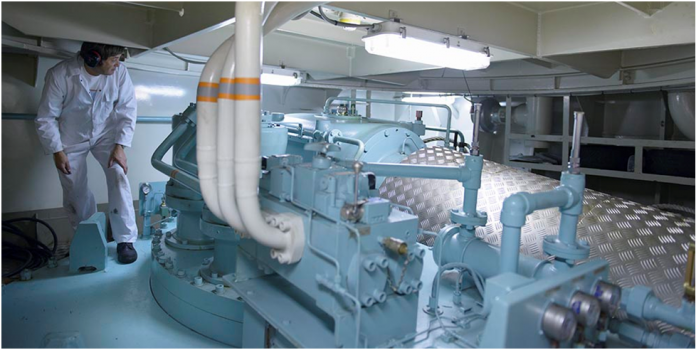
A ship has to undergo rigorous checks at intervals to ensure that it is in pristine condition. Every ship has to meet certain conditions set out by the ISM (International Safety Management) to be seaworthy. These regular checks enable ships to function smoothly.
However, the role of maintenance work done on a ship is enormous and wholly contributes to the ship’s condition at any given time. Maintenance work has to be carried out in regular intervals while also aiming for cost-effectiveness. A maintenance plan that works best ensures optimum results with minimum time and cost to the company.
One such maintenance method widely used by shipping operators is the planned maintenance system.
What is a Planned Maintenance System?
The ISM requires all ships to have a maintenance system in place which will be followed for surveying its machinery. A planned maintenance system is a survey system recognised by the IACS (International Association of Classification Society). This is a system where, as the name suggests, each item under survey has its customised maintenance system, and the maintenance is planned.
The planned maintenance system is divided into Condition-based maintenance and Predictive Maintenance system. Condition-based maintenance systems follow the condition of the machinery as they are functioning. It performs diagnosis and prognosis to determine the condition of the system and conduct the maintenance work required according to its need.
A predictive Maintenance System is based on the algorithmic power of software which constantly monitors the readings of various machinery to determine the appropriate time to conduct maintenance work. As the name suggests, the system predicts the time maintenance is required as opposed to the system showing signs of actually needing it
Benefits of Planned Maintenance System
Automation – One of the biggest advantages of a modern planned maintenance system is its ability to automate a lot of the work. With automated tasks, the ship stays in optimum condition as a rule.
Compliance – Planned maintenance systems ensure that the machinery is in good condition and meets the standards set forward by ISM and manufacturer on machinery conditions.
Safety – Planned Maintenance systems ensure that the machinery is always in safe and operable conditions, as faulty machinery is often the major reason for hazardous events.
Efficiency – A ship that is safe and compliant works most efficiently. As the safety and condition of the machinery increase, downtime decreases. With no unforeseen stops coming up due to timely maintenance, ships run in their most efficient state.
Implementing a Planned Maintenance System
Unlike a normal maintenance system that runs every four to five years, a planned maintenance system priorities the condition of the machinery over the period. Implementing a planned maintenance system would then be about being able to conduct time service work. The work would be done based on the working condition of the machinery, the manufacturer’s recommendation on optimum working conditions, or regulations.
A good PMS system is implemented by software that enables ship operators to control the maintenance system. These software solutions enable ships to function smoothly, maintaining a schedule for repairs and replenishments.
Source -Ship Mate
Image Source –Getty Images




